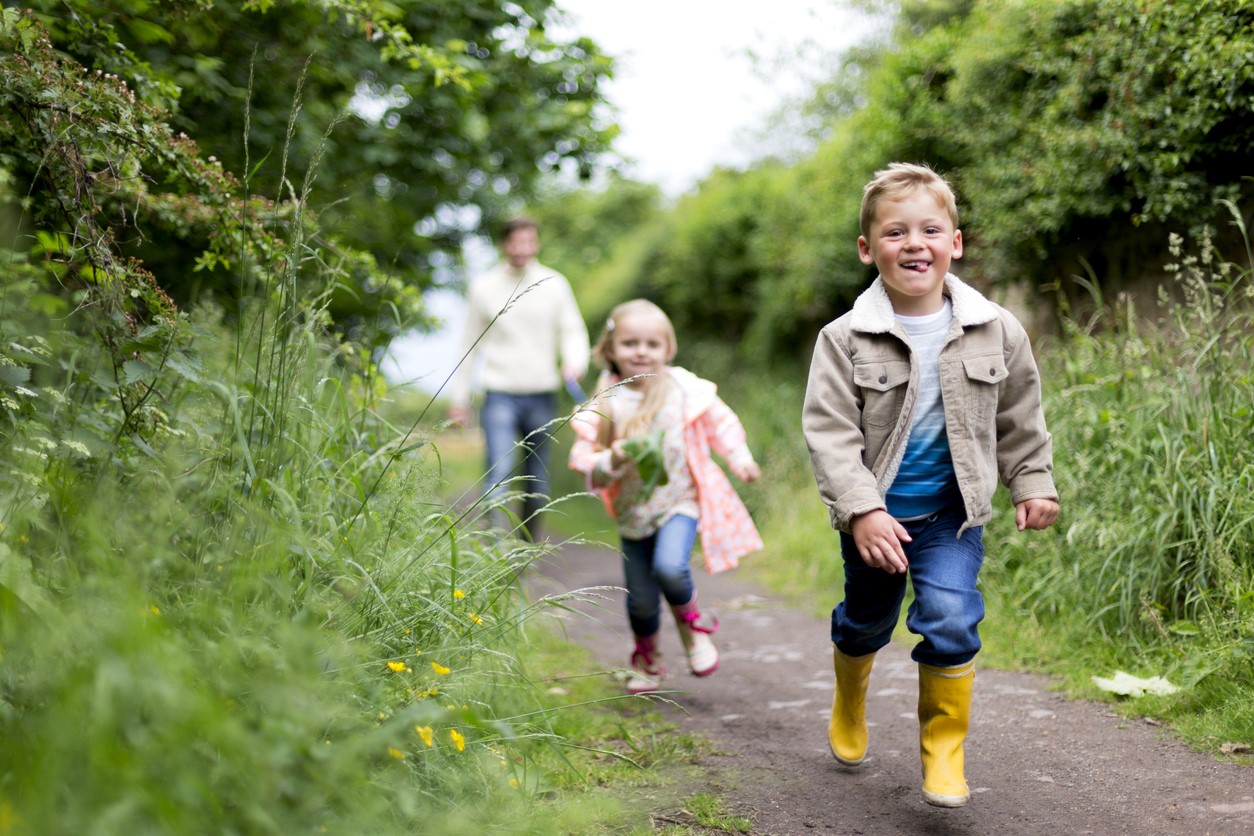The UK House Builders Federation says new build houses save homeowners £2,600 in annual energy bills. Its report ‘Watt a Save’ records the average running cost for a new build at £1,500 a year compared to an average of £3,570 for older properties. Energy-efficient new build homes are an attractive prospect for homebuyers. And, for the nation, it means adding sustainable homes to the housing stock, which is integral to minimising domestic carbon emissions.
GS Brown homes comply with the latest environmental standards set for house building. Additionally, they have better sustainability features. Here’s how buying one of our homes can save on energy bills and shrink your carbon footprint massively.
“A” rated boiler
A-rated boilers score over 90% in efficiency. It means only 10% or less of the energy is lost. Proposed energy efficiency regulations for Scotland require all owner-occupier homes to meet an EPC band C equivalence by 2033, where technically feasible and cost-effective. Heating is the most important energy component of a home. Efficiency in heating is key to improving the energy performance of your home. Our gas central heating systems are of the highest quality and efficiency.
Poor energy performance is a driver of fuel poverty. Energy-efficient new build homes prevent the risk of higher energy bills you cannot afford in the long run. They also minimise the need for retrofitting as cleaner, greener building regs and heating standards come into effect. Soon, homebuyers will be prioritising the Energy Performance Certificate ratings to base their decision to buy or not. A good energy efficiency rating and environmental impact rating put your home in a more favourable position in the housing market.
Energy-Efficient Integrated Appliances
Appliances like the washing machine, dishwasher, fridge/freezer, oven, and microwave get used every day in a home. With higher energy-saving ratings on these appliances, you can save hundreds of pounds every month on utility bills. GS Brown homes come with appliances with greater energy performance and reduced water consumption.
LED lighting
LED lights save up to 90% of energy compared to conventional bulbs with the same light output. They also last 10 times longer. An LED bulb uses only 2.5 watts to produce a light output of 115 lumens, while a conventional bulb uses 15 watts to produce the same light output. That is 6 times more energy. Down lighting also contributes to energy-saving by creating low-energy, narrow-angle light instead of wide-angle, high-energy light. GS Brown homes have LED light fixtures throughout the property with down lighting in the bathrooms and kitchen.
According to the Energy Saving Trust UK, every LED bulb that replaces a traditional halogen bulb saves around 5kg of CO2 emissions a year. LED lighting can save a household around £2,000 to £3,000 over the lifetime of the bulbs, depending on the size of the home.
Solar panels
Solar panels will be a big part of renewable energy generation in homes. We have bolstered the sustainability of our energy-efficient new build homes with solar panels. Positioned on the roof, the PV panels generate electricity with free sunlight. Any surplus gets sold back to the National Grid.
The Federation of Master Builders estimates the average household could save nearly £1,000 a year on energy bills by using solar panels. It includes direct savings by not using power from the National Grid and income from selling excess electricity back to the grid through the SEG. The savings can be higher with forecasted energy bill rise. The improved energy efficiency of new build homes via solar panels increases the value of your home by up to 14%.
Insulation
Without proper insulation, homes can lose up to 45% of their heat. Poorly insulated homes are likely to spend almost £1,000 more on gas than others, according to research by the Energy and Climate Intelligence Unit (ECIU). UK homes rated F for energy performance will have gas bills £968 higher than homes in band C. High-quality insulation begins foundation up. From constructing air-tight timber frames to double glazing, minimising heat loss needs careful planning.
uPVC windows
GS Brown homes use uPVC windows for outstanding air tightness and weathering performance. They are exceptionally strong and durable. uPVC can be recycled up to 10 times without losing its quality, making them sustainable as well.
Conclusion
Energy efficiency is becoming one of the most sought-out requirements by homebuyers. It shows we are factoring sustainability into the value of a home. We can no longer gamble with energy or the environment. Higher environmental standards ensure you can buy a move-in-ready energy-efficient home. GS Brown builds high-tier energy-efficient homes in some of the most beautiful regions in Scotland. Which one would you move into?




